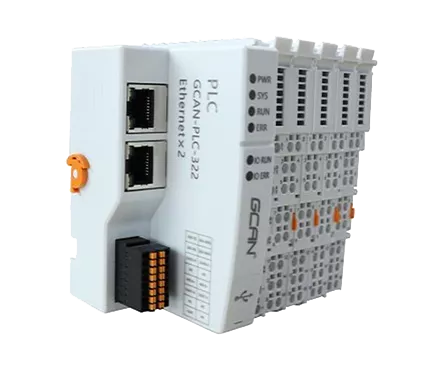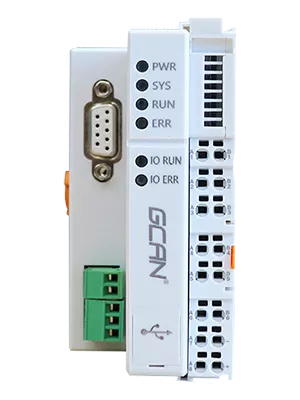하지만 PLC(프로그래머블 로직 컨트롤러) 지침은 제조업체마다, 모델마다 다르지만 일부 지침은 비교적 보편적입니다. 다음은 몇 가지 일반적이고 비교적 일반적인 PLC 지침과 간단한 설명입니다:
1. 로직 지침
LD(로드): 누산기에 피연산자를 로드합니다.
LDI(역으로 로드): 피연산자의 역을 누산기에 로드합니다.
OUT: 누산기의 값을 지정된 주소로 출력합니다.
AND (그리고 논리): 누산기와 피연산자가 모두 참이면 누산기는 참으로 유지됩니다.
ANI(그리고 논리 역): 누산기가 참이고 피연산자가 거짓이면 누산기가 거짓으로 설정됩니다.
OR(또는 논리): 누산기 또는 피연산자 중 하나 이상이 참이면 누산기가 참으로 설정됩니다.
ORI(논리 반전): 누산기가 거짓이고 피연산자가 참이면 누산기가 참으로 설정됩니다.


2. 타이머/카운터 지침
TMR(타이머): 타이머를 시작하거나 재설정합니다.
CNT(카운터): 입력 이벤트 수를 카운트합니다.
3. 데이터 전송 지침
MOV(이동): 한 주소에서 다른 주소로 데이터를 이동합니다.
CMP(비교): 두 피연산자의 값을 비교하고 그 결과를 지정된 주소에 저장합니다.
4. 산술 지침
ADD(더하기): 피연산자 두 개를 추가합니다.
SUB(빼기): 한 피연산자를 다른 피연산자에서 뺍니다.
MUL(곱셈): 두 피연산자를 곱합니다.
DIV (나누기): 하나의 피연산자를 다른 피연산자로 나눕니다.
5. 시프트 및 루프 지침
SHL(왼쪽으로 이동): 데이터를 지정된 비트 수만큼 왼쪽으로 이동합니다.
SHR(오른쪽으로 이동): 데이터를 지정된 비트 수만큼 오른쪽으로 이동합니다.
ROL(왼쪽으로 회전): 데이터를 왼쪽으로 원형으로 이동합니다.
ROR(오른쪽으로 회전): 데이터를 오른쪽으로 원형으로 이동합니다.
6. 제어 흐름 지침
MC(마스터 컨트롤): 마스터 컨트롤 블록을 시작합니다.
MCR(마스터 컨트롤 리셋): 마스터 컨트롤 블록을 종료합니다.
JMP(점프): 프로그램에서 다른 위치로 이동합니다.
CALL(서브루틴 호출): 서브루틴을 호출합니다.
RET(반환): 서브루틴에서 반환합니다.
7. 전환 지침
BCD(이진 코드 10진수): 이진수를 BCD 코드로 변환합니다.
BIN(이진): BCD 코드 또는 기타 형식을 이진수로 변환합니다.


8. 특수 기능 지침
NOP(동작 없음): 일반적으로 프로그램 공간을 채우거나 시간 지연을 제공하는 데 사용되는 동작 명령이 없습니다.
END(종료): 프로그램 종료 명령어입니다.
9. 통신 지침
구체적인 통신 지침은 PLC의 모델 및 제조업체에 따라 다르지만 일반적으로 통신 연결 설정, 유지 관리 및 종료에 대한 지침(예: 보내기(SEND) 및 받기(RECEIVE) 지침)이 제공됩니다.
참고
(1) PLC 제조업체 및 모델마다 다른 명령어 세트와 명명 규칙을 사용할 수 있습니다.
(2) PLC 프로그램을 작성할 때는 특정 PLC의 프로그래밍 매뉴얼 및 참조 문서를 참조하여 지침을 올바르게 사용해야 합니다.
(3) 일부 고급 또는 특수 지침은 특정 PLC 모델에서만 사용할 수 있습니다.
PLC 컨트롤러가 필요한 경우 다음 주소로 전화해 주세요. 008613644001762.
